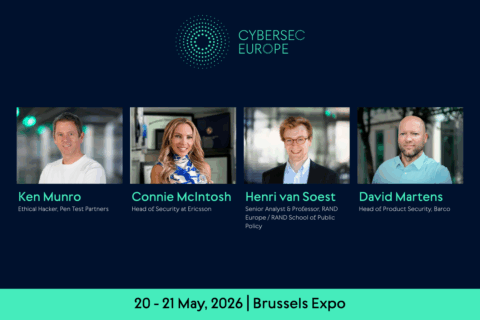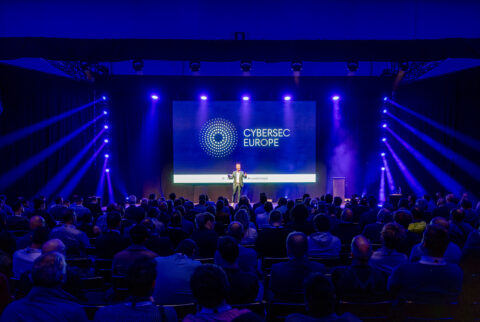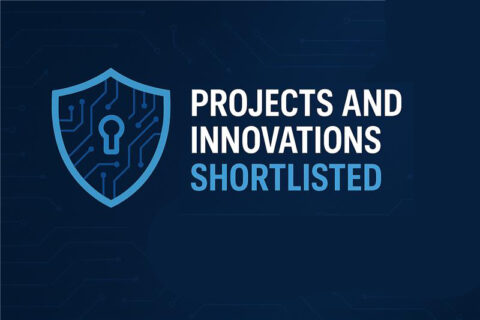Navigating the Evolving Cybersecurity Landscape: Threats, Trends, and Strategic Response
Understanding Today’s Most Pressing Cybersecurity Threats
The modern cybersecurity landscape is more volatile and complex than ever. Organizations today face a combination of mounting resource scarcity, escalating threat sophistication, supply chain vulnerabilities, and increasing regulatory pressure — all compounded by the challenges brought by AI and data privacy concerns.
These issues are far from theoretical. Across our engagements at Approach, we regularly witness companies struggling with staff shortages that delay response times and expose vulnerabilities — especially within SMEs. At the same time, ransomware-as-a-service has lowered the entry barrier for attackers, enabling widespread exploitation of supply chains and critical infrastructure.
Regulatory scrutiny is also intensifying. Frameworks like NIS2 and DORA are pushing businesses to rethink their governance, risk, and compliance strategies. Meanwhile, the rapid integration of AI is introducing risks around data leakage, model manipulation, and evolving compliance needs. From misconfigured AI models exposing sensitive data to organizations being caught off-guard by third-party breaches, the message is clear: cybersecurity is a systemic challenge demanding strategic foresight and operational resilience.
Trends Shaping the Future of Cybersecurity
Several transformative trends are reshaping how organizations defend themselves:
AI as Both Sword and Shield
Artificial Intelligence is revolutionizing both offense and defense. While defenders employ AI for real-time threat detection, attackers leverage it for hyper-targeted phishing, deepfakes, and automated reconnaissance. This arms race calls for proactive adoption of AI-driven defenses that can anticipate, not just react to, threats.
Zero Trust Comes of Age
Perimeter-based security is no longer sufficient. Zero Trust Architecture (ZTA), based on “never trust, always verify,” is gaining momentum. It enforces strict identity checks and context-aware access control — essential in hybrid work and cloud-native environments.
Ransomware’s Evolving Playbook
Ransomware attacks now involve tactics like double extortion and data theft without encryption. The rise of RaaS platforms has made it easier than ever to launch such attacks. Organizations must combine backups, employee training, and incident response drills to counter these evolving threats.
Converged IT/OT/IoT Security
The convergence of IT, OT, and IoT systems dramatically expands the attack surface. Security strategies must encompass all layers, including device authentication, network segmentation, and real-time monitoring — particularly as digital transformation accelerates.
Regulation Driving Resilience
The EU’s NIS2 Directive and DORA are raising the bar for compliance. Forward-thinking organizations are embedding regulatory requirements into their cybersecurity frameworks to build trust and operational continuity.
Modernizing Defense Strategies
These trends demand a shift from reactive to proactive cybersecurity strategies. Businesses are increasingly:
- Investing in advanced technologies like Extended Detection and Response (XDR), Zero Trust, and threat intelligence platforms.
- Adopting holistic risk management that spans IT, OT, and IoT ecosystems.
- Treating compliance as a strategic priority, not just a legal obligation.
- Prioritizing workforce training, recognizing that the human element remains both a vulnerability and a defense line.
Cybersecurity today requires an integrated, intelligence-led approach — one that aligns tools, processes, and people under a unified vision of resilience.
Our Approach: Risk-Driven, Pragmatic, and Aligned with Business
At Approach, we address cybersecurity challenges with a layered, risk-centric approach grounded in real-world business needs. Our strategy blends prevention, detection, and response:
- Prevention through Zero Trust architectures, configuration hardening, and employee awareness programs.
- Detection using XDR, threat intelligence, and behavioral analytics to uncover anomalies across hybrid infrastructures.
- Response via structured playbooks, tabletop exercises, and readiness assessments to ensure swift and effective crisis management.
We also promote compliance-by-design and cyber maturity roadmaps, helping clients progress from reactive defenses to predictive capabilities — with board-level alignment and continuous improvement.
Why Cybersec Europe Matters
Cybersec Europe is more than an event — it’s a hub for collaboration, insight, and strategic alignment. In an industry built on trust, face-to-face interaction is irreplaceable. The value of in-person engagement lies in:
- Peer exchange: Learning from others’ experiences accelerates problem-solving and innovation.
- Real-world insights: Beyond vendor pitches, attendees gain candid, field-tested knowledge.
- Trust building: Cybersecurity is about people as much as technology. Events foster relationships that underpin shared defense efforts.
- Community bonding: Informal moments — like afterwork meetups — strengthen the network and inspire collective action.
Past events have catalyzed shifts toward Zero Trust, enhanced cross-sector intelligence sharing, and clarified regulatory interpretation. The hallway conversations often spark the ideas and alliances that shape our industry’s future.












